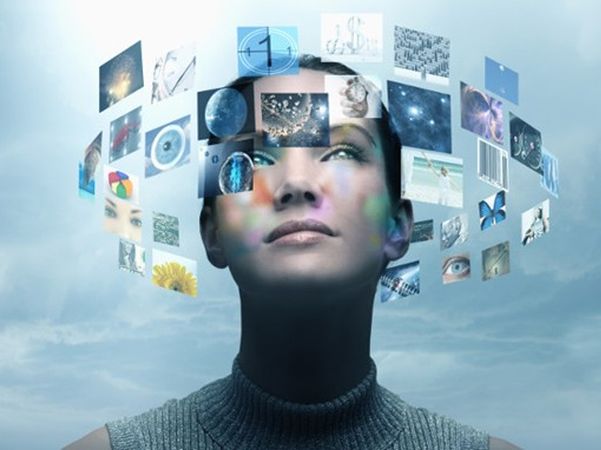The great poet, Maya Angelou once famously said, “I’ve learned that people will forget what you said, people will forget what you did, but people will never forget how you made them feel.” This underlining truth is at the very heart of the entertainment experience, where storytelling is never about the conveyance of facts, but about the power of emotional connection. Since we sat as cavemen around the fire, pointing at the stars, human beings always strive for this deep sense of feeling. Virtual Reality (VR/AR/MR) and Artificial Intelligence are now unlocking powerful new tools with the potential to create levels of feeling never before experienced in humanity.
Shortly after Facebook purchased Oculus in 2015, Mark Zuckerberg, theorized that, “These headsets would eventually scan our brains, then transmit our thoughts to our friends the way we share baby pictures on Facebook today…Eventually I think we’re going to have technology where we can communicate our full sensory experience and emotions to someone through thought.” While we still may be a long way from consensual telepathy becoming the norm, given the ambitions and multi-billion dollar investments being made by leading tech companies, that future may be closer than we think and measured in decades not centuries. Even now, VR experiences can augment the emotional connection of some of our greatest stories in powerful new ways.
Recently, Our recent VR piece from India selected for the prestigious Siggraph 2018 Conference. In it, users were able to fly towards the sun with Hanuman as a child and then stand beside him on the beach as he grew from the size of a man to a mountain before making his famous leap. The experience brought awe, wonder and in some cases even tears to those who saw it. And this unique form of storytelling can not be compared to any painting or other visual medium we know at present – the feeling of being right there with the object or being. Leveraging VR, we are seeing the birth of a new wave of Virtual Beings. Companies like Fable Studios, ‘Lucy’ and Soul Machines ‘Baby X’are pioneering amazing innovations in this area. Many of the new virtual beings startups are “giving birth” to characters, powered through AI,that can create unique and personalized interactions with you. They aim to become a part of your life, building two-way deep emotional relationships that can last years and possibly even lifetimes. They remember your conversations, personality, interactions and build upon them in future discussions, creating new, previously unimaginable friendships and storytelling experiences.
Even without AI, we are seeing deep emotional connections to Virtual Beings. The iconic Japanese superstar character, ‘HatsuneMiku’ is a singing hologram that has sold-out concerts around the world and millions of followers. In 2018, a Japanese fan spent US$18,000 to wed Miku’ saying,“I never cheated on her; I’ve always been in love with Miku-san…For mother, it wasn’t something to celebrate.” He’s not alone, Gatebox, an artificial intelligence company, has issued over 3,700 marriage certificates for “cross-dimensional” marriages. Clearly, the potential dangers of a Virtual Being can be profound. Imagine a character designed solely for engagement –learning to optimize every interaction with you and design a story or relationship customized to keep you thrilled, happy, surprised, and with just the right amount of drama,that no real person could ever come close to matching. Add to this the growing advancements in wearable technologies that will make it easier to monitor data on people’s internal states in real time to increase the accuracy of these perfect experiences.
How can good old-fashioned “human interaction” ever hope to catch up? Other AI startups like Eternime, use AI to learn from you while alive, so that when you die, it can replicate a virtual being chatbot of you to engage in simulated stories with your friends and family. They aim to “give life to the dead.”Yet, what are the unintended consequences of people isolating themselves with a chatbot character of a dead loved one? The quest of all human life has been to feel a deep emotional connection, but what if the person that makes you feel the most alive – isn’t even real? Should it matter? The great mythicist, Joseph Campbell, described the monomyth as the universal and timeless story that has connected us across cultures. That story of conflict and transformation is unlikely to change in the future – but the tools we use to tell it, are now taking a transcendent leap from paint on a cave wall.
The future that awaits creators will be driven by data and personalized content creation algorithms augmented with the ability to create deep experiences that we can hardly imagine today. We are quickly moving from the Information Age to the Experience Age. Are we ready? (The author is the Adjunct Professor, Artificial Intelligence & Virtual Reality at Columbia Business School, Columbia University and Co-Founder of Graphic India and the views expressed in this article are his own)
Source: Artificial Intelligence, Virtual Reality and the Future of Storytelling













